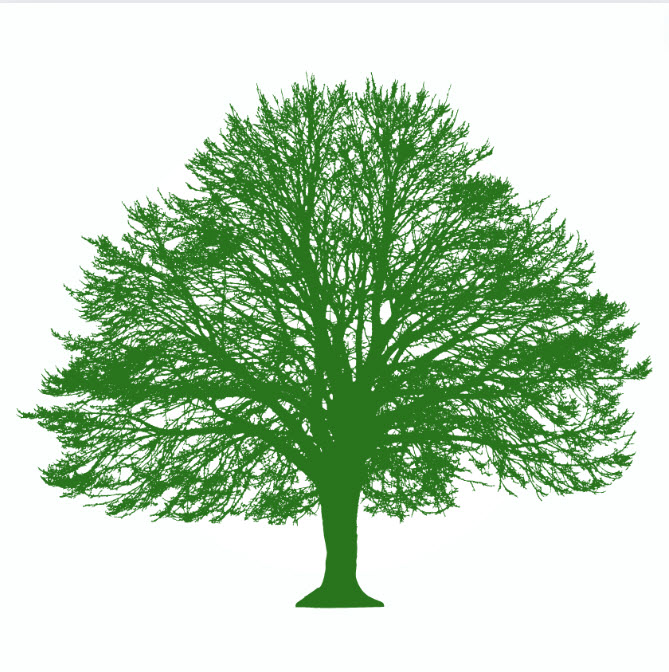Residential vs. Commercial
Trees are vital to both residential and commercial properties, offering aesthetic appeal, shade, and environmental benefits. However, trees require ongoing care to ensure they remain healthy and safe. Professional tree services are essential in both residential and commercial settings, providing maintenance, health assessments, and, when necessary, tree removal. This article explores the scope of residential and commercial tree services, emphasizing the importance of professional care.
Residential Tree Services
Regular Maintenance and Upkeep
For homeowners, maintaining trees is crucial for both the beauty and safety of their property. Regular maintenance tasks such as pruning, trimming, and fertilizing are foundational to residential tree services. Pruning involves the selective removal of branches to improve tree structure, enhance growth, and eliminate hazards. Trimming, which often overlaps with pruning, focuses on shaping the tree and preventing overgrowth that could interfere with homes, driveways, or utility lines.
Fertilization ensures that trees receive the nutrients they need to thrive, particularly in urban environments where soil may lack essential elements due to pollution or construction activities. Proper maintenance enhances a tree’s lifespan, helps prevent diseases, and ensures that trees remain healthy and vibrant parts of the landscape.
Tree Health Evaluations
Certified arborists are often called upon to conduct health evaluations as part of residential tree services. These evaluations involve examining the tree for signs of disease, pest infestations, or structural problems. Early detection is key to managing these issues, as it allows for timely intervention, which can often save the tree.
For example, trees showing signs of fungal infection or insect damage can often be treated effectively if the problem is identified early. Structural issues, such as splits or cracks in the trunk, can be mitigated through techniques like cabling or bracing, which stabilize the tree and reduce the risk of failure. Health assessments provide homeowners with a clear understanding of their trees’ condition and help them make informed decisions about their care.
Emergency Tree Services
Weather events such as storms, high winds, or heavy snow can cause significant damage to trees, leading to emergencies that require immediate attention. Residential tree services often include emergency response, which is essential for addressing trees or branches that have fallen or are at risk of falling.
In the aftermath of a storm, for instance, homeowners may need professional assistance to remove fallen trees or branches that are blocking driveways or have damaged structures. Emergency tree services involve safely removing debris, assessing the damage, and implementing measures to prevent further risks. Arborists may also need to stabilize trees that are in danger of toppling over, providing peace of mind to the homeowner.
Residential Tree Removal
Despite the focus on preserving trees, there are situations where removal is the best option. Residential tree removal is typically necessary when a tree is dead, severely diseased, or poses a significant risk to the property or its occupants. Trees that are leaning dangerously, have extensive deadwood, or are heavily infested with pests often require removal to prevent potential accidents or property damage.
Removing a tree in a residential setting is a complex process that must be carefully managed to avoid damaging the home, nearby structures, or utility lines. Professional arborists use specialized equipment to safely cut down and remove the tree, often performing the task in sections to minimize disruption. In some cases, stump grinding may be necessary to prevent regrowth and maintain the landscape’s appearance.
Commercial Tree Services
Large-Scale Landscape Management
Commercial properties often feature expansive landscapes that require more extensive tree management than residential properties. Commercial tree services address the unique needs of businesses, municipalities, and property managers, focusing on maintaining large numbers of trees across broad areas such as parks, campuses, and shopping centers.
Maintaining these trees involves regular pruning, trimming, and health assessments, similar to residential services but on a larger scale. In addition, commercial tree services require careful planning to ensure that maintenance activities do not interfere with business operations. For example, pruning or tree removal may need to be scheduled during non-business hours to minimize disruption to customers and employees.
Compliance with Regulations
In many commercial settings, tree care must adhere to local ordinances and regulations, which may govern tree preservation, removal, and replacement. Municipalities often have strict requirements for the maintenance and removal of trees on commercial properties, including mandates for the number and types of trees that must be planted or replaced.
Professional tree services understand these regulations and can guide businesses through the compliance process. This may involve securing permits for tree removal, ensuring that required tree plantings are completed, and advising on the best species for the local environment. Compliance is essential for avoiding fines and maintaining a property’s value and reputation.
Managing Tree Health and Safety Risks
Commercial properties typically house a large number of trees, each of which needs regular care to ensure its health and safety. Tree health management in these settings involves periodic assessments to detect problems like disease, pests, or structural instability, followed by appropriate treatments.
Risk management is a critical aspect of commercial tree services. Trees on commercial properties can present significant liability risks if they are not properly maintained. For example, a tree with a large, dead branch could fall and damage vehicles, structures, or injure passersby. By regularly monitoring tree health and addressing potential hazards, commercial tree services help property owners minimize these risks, protecting their investment and ensuring the safety of employees, customers, and the public.
Commercial Tree Removal
The removal of trees on commercial properties is often more complex and requires more resources than in residential areas. Commercial tree removal may be necessary for a variety of reasons, including clearing land for new construction, removing trees that are damaging infrastructure (like sidewalks or parking lots), or eliminating trees that pose a safety threat.
This process typically involves the use of heavy machinery and a team of skilled workers to safely remove large trees. The operation must be conducted with minimal disruption to the business and surrounding area. Additionally, tree removal on commercial properties often requires adherence to local regulations, including obtaining permits and fulfilling any requirements for replanting.
Conclusion
Whether on residential or commercial properties, trees require ongoing care and attention to ensure they remain healthy, safe, and beautiful. Professional tree services play an essential role in providing this care, from routine maintenance and health assessments to emergency response and tree removal. By investing in these services, property owners can enjoy the numerous benefits that trees provide while minimizing the risks associated with improper tree management. Both residential and commercial tree services are integral to preserving the beauty and functionality of our landscapes, ensuring that trees continue to enhance our environment for years to come.

